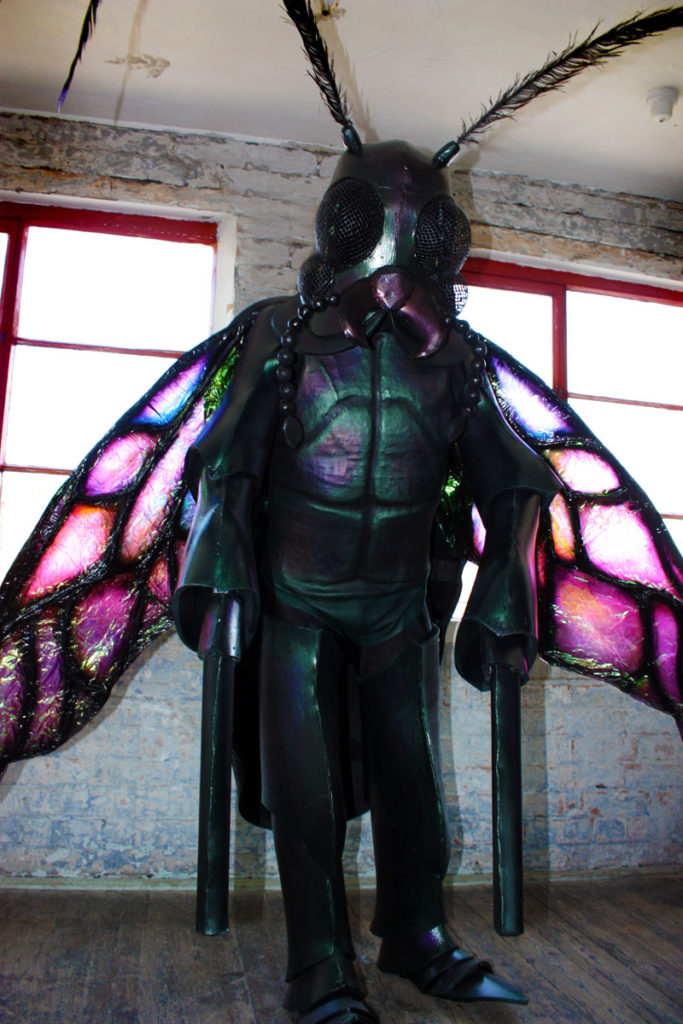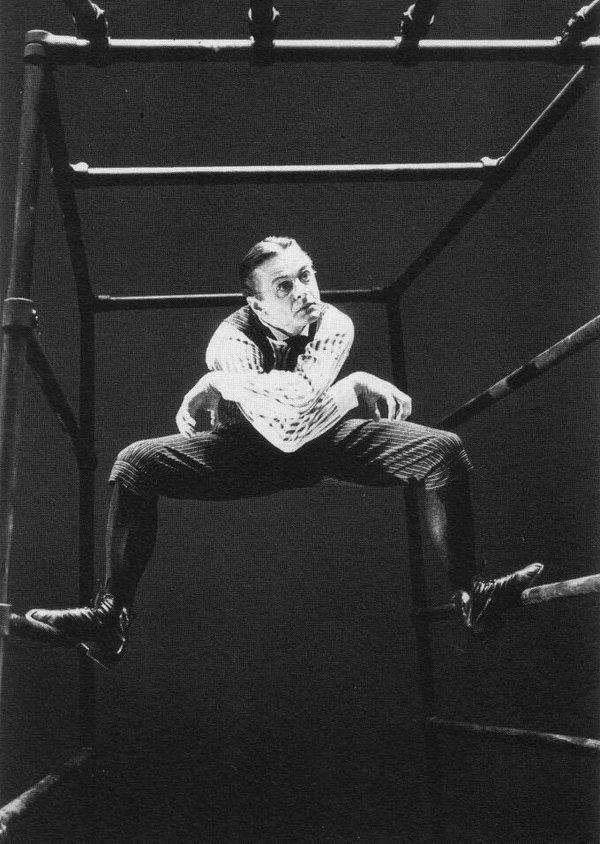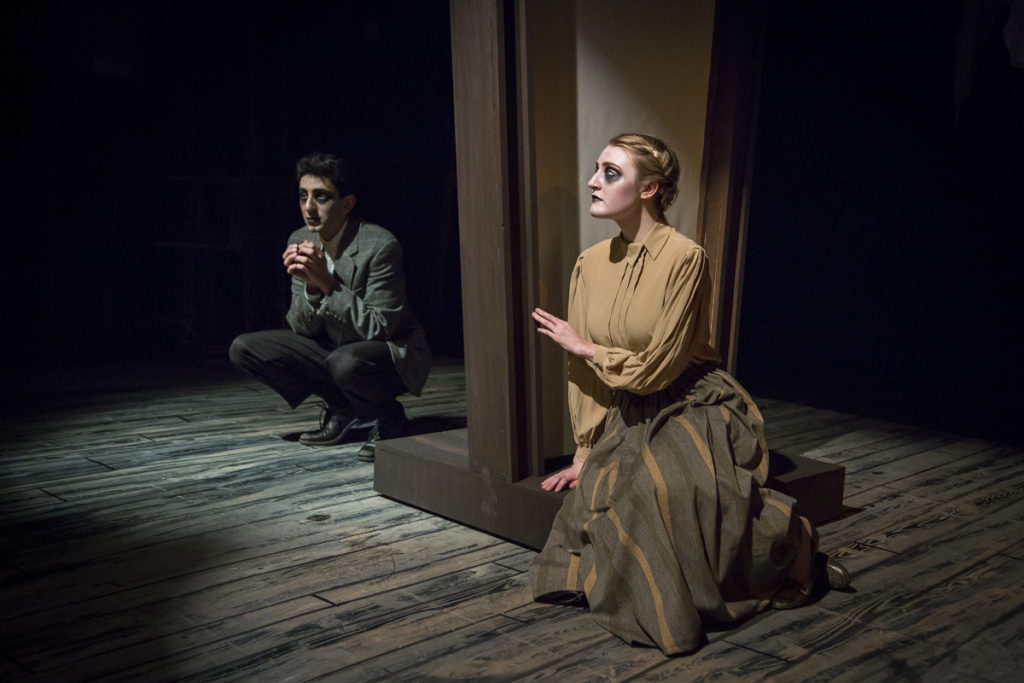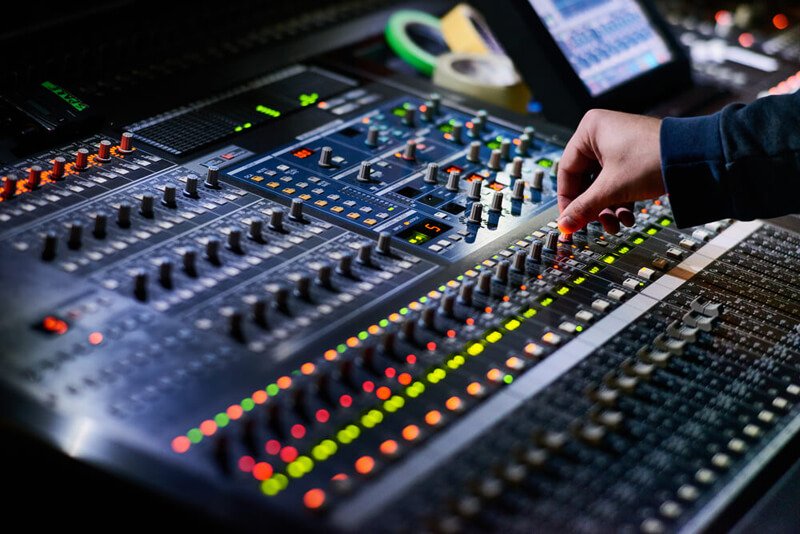As a designer, outline your ideas for costume, props and accessories for this extract. Explain and justify how these would help to create your preferred effects at this point in the play.
[Use pages 105-107]
SAMPLE ANSWER (Mr Jones)
Quick introduction: Berkoff’s concept for ‘Metamorphosis (1969) is to present the story of Gregor’s transformation in a way that showcases the actors tools of voice and body (Total Theatre). This is then supported by design elements like costume and props, but the production isn’t reliant on these. My costume designs would place the story in its early 1900s setting (as in Kafka’s novella).
Para 1 (Props – no need)I would not use props. Berkoff’s detailed stage directions suggest ample opportunity for mime and when dressing Mr Samsa in his new work uniform I would follow these SD: “Objects are drawn in space and thrown to him” The miming of these objects is in keeping with the Total theatre style Berkoff uses and allows for fluid movement not hindered by actual props
Mr Samsa costume: However, I would give Mr Samsa an actual jacket: a “uniform of a bank messenger” – it will be shocking red with gold braid at the shoulders and bright gold buttons “like a general”. This will be over the stained vest that Mr Samsa has worn earlier depicting his slobbish nature and will immediately make him stand up straight and imbue him with confidence. The shock of red and gold colour is in contrast to the MONOCHROME blacks, whites and greys of everything else on stage and fit the scene’s mood – “sub-title ‘Optimism’. It is also ironic, given that Mr Samsa’s job is low status but fits his inflated opinion of himself.
Gregor costume: Gregor will be dressed in a tweed 3 piece suit with 3 quarter length trousers, waist coat over a white shirt and jacket befitting a travelling salesman.(see diagram) At this point though I will have him discard the jacket as he swings from the ceiling of his room as this is bulky. The costume must be loose and stretchy enough for Gregor to perform the agile actions “I like hanging from the ceiling”. To show definition so that it works in silhouette I would have the shirt gathered at the elbow with those metal arm bands found on 19th century office workers. The colours will be monochromatic (greys, white and black) and the two tone contrast of dark waist coat over white sleeves and dark 3/4 trousers over long white socks will emphasise the limbs of Gregor’s insect like state while the darker waist coat looks like a shell (carapace).
What would you give this – look at the Marking Criteria
Band ? ( /10)
Modifying this question / Answer for the Pages
Gregor could have a jacket for the parts of the script where he is ‘human’.
He can have real props (a samples bag) or it can be mimed (along with a hat and scarf as he complains about the weather) – this would be more in keeping with Berkoff’s emphasis on Actor’s using their skills to story tell.
Could he have a ‘jacket on/ jacket off’ approach for the pre/post ‘bug’ moments?
In one production his jacket was all torn for the ‘bug’ scenes – what would this indicate ?










